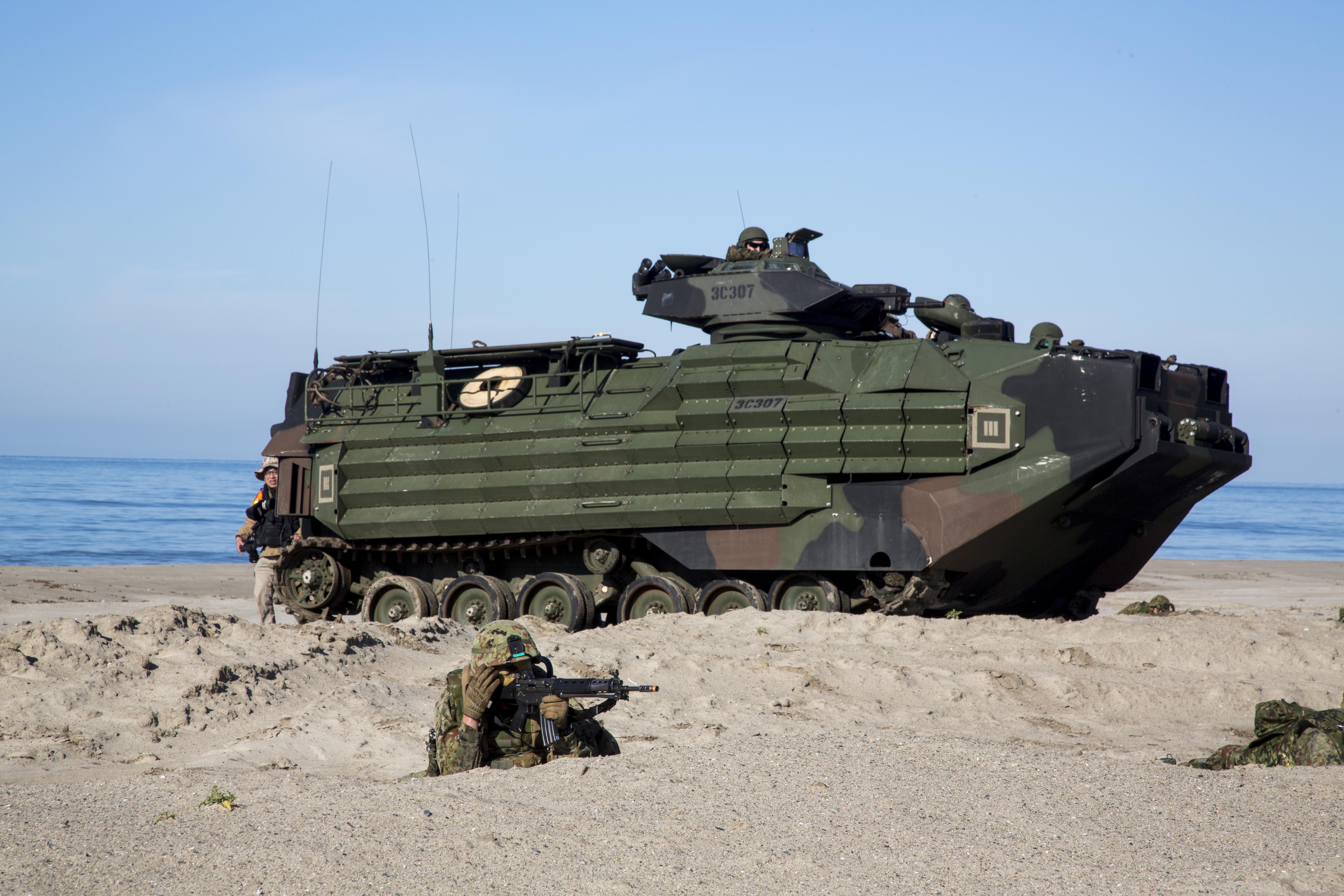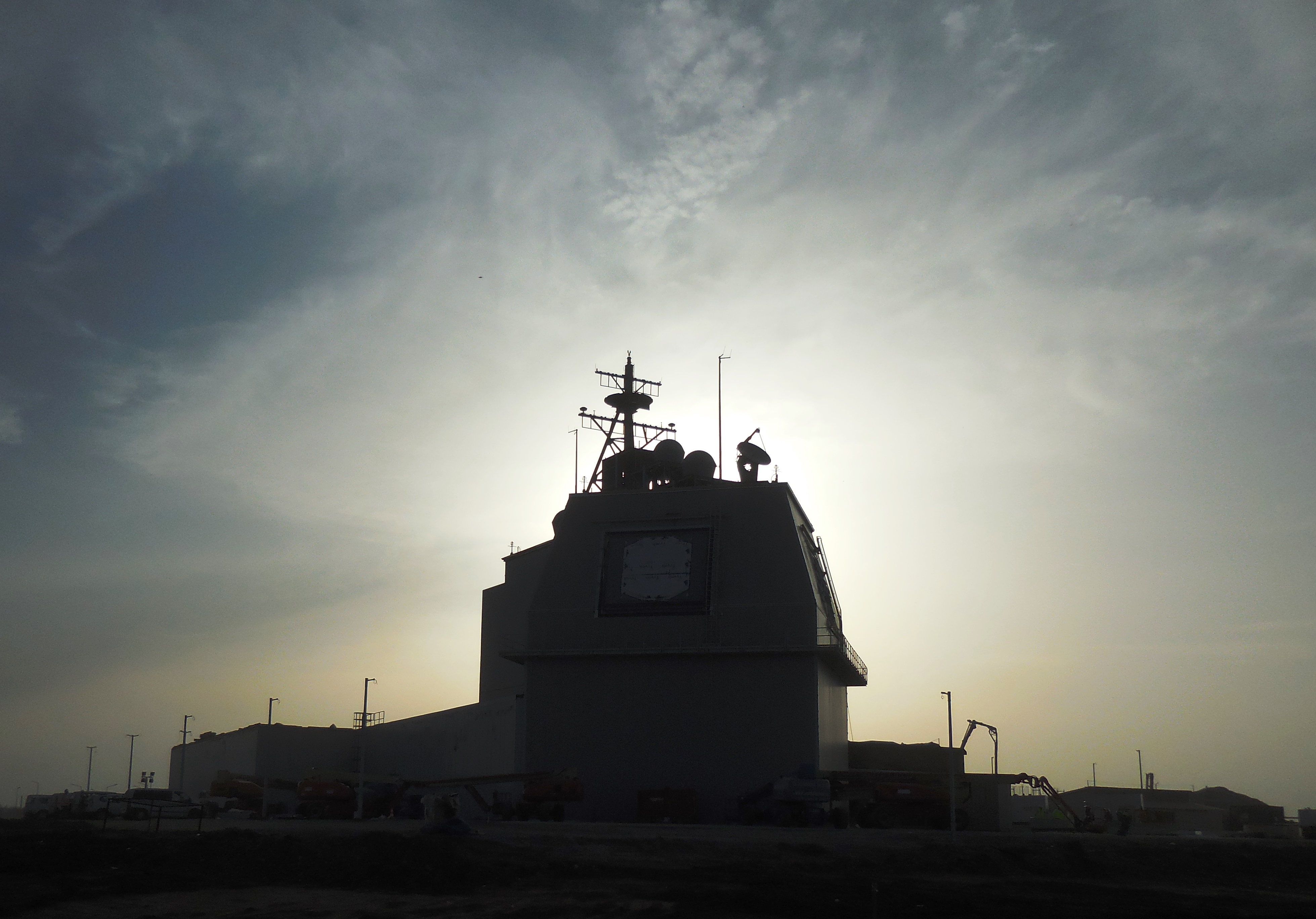
Long-range strike capabilities, building up amphibious forces, improved missile defense and deploying Aegis Ashore are steps Tokyo can take in deterring an aggressive North Korea at the same time, two of Japan’s leading security experts said Wednesday.
Speaking at the Brookings Institution, a Washington, D.C., think tank, retired Lt. Gen. Noboru Yamaguchi said, “I prefer that [long-range strike capabilities] to protect” the home islands over building a Japanese nuclear force to counter Kim Jong Un’s regime.
Defense Secretary James Mattis has stressed to the Japanese that Tokyo remains under the United States “nuclear umbrella” as tensions between Washington and Pyongyang have escalated over its continued ballistic missile and weapons testing. He carried that same message to Seoul.
The recent Nuclear Posture Review statement also emphasized the United States’ role in providing allies, such as Japan, South Korea and NATO, extended nuclear deterrence in potential crises with other power such as China or Russia.
“I am not so sure the Japanese people would go that way” in supporting the creation and fielding of an indigenous nuclear force. He said recent public opinion survey in Japan found about 12 percent responded favorably to the idea.
He and Narushige Michishita, professor at the National Graduate Institute for Policy Studies in Tokyo, that even though Japan did not drastically cut back its defense and security spending when the Soviet Union collapsed in the early 1990s none of these programs — long-range strike and amphibious forces, for example, are cheap, even without Japan going on its own in developing nuclear forces.
“I don’t want to see bankruptcy,” Yamaguchi added. “We have too much to lose.”
Such a move by Japan to building a nuclear force could also set off an arms race in the Pacific.
During the panel discussion, it was noted China’s economy is 2.5 times larger than Japan’s and capable of diverting far more resources to defense and security than Tokyo.
Japan’s investment in systems other than nuclear also strengthens its Anti-Access/Area Denial capabilities in its dealings with China and Russia over disputed island territories in the East China Sea, Michishita said.
For the Korean Peninsula, it means that Japan and the United States are better able to provide extended deterrence for South Korea.
“And North Korea hates that.” He cited the bases in Japan that the U.S. could use to defend South Korea if it were attacked by the North, the more expansive role Tokyo would play in supporting operations under recently-passed legislation and the combined training exercises the three nations conduct and integration of systems that would be used in future operations.

Elaine Bunn, a former Defense Department official for nuclear policy, said, “Our allies may worry” that the United States might pull back its commitment to defend them as North Korea’s ballistic missile ranges have steadily increased threatening the American homeland, but that is not happening.
She pointed to the long history of the United States protecting allies against nuclear threats from Moscow with its thousands of weapons and an assertive nuclear Beijing. “Russia and China have far more of these capabilities than North Korea could ever have,” she said.
In addition, “Our missile defense has been focused on North Korea.”
Bunn added the 2016 port call of guided-missile submarine USS Pennsylvania (SSBN-735) to Guam provided visible proof of the United States’ commitment to extended deterrence in the Pacific. In the port call, South Korean and Japanese officials, as well as Guamanian met with the crew and officers and the ship’s mission was explained to the visitors.
Guam also has a large Air Force Base that stages nuclear-capable bombers as deterrents in the Indo-Pacific.
Both Japanese experts said Tokyo is interested in seeing the United States invest in sea-launched cruise and ballistic missiles as tactical nuclear weapons to modernize and extend deterrence in the Pacific, called for by Mattis and Adm. Harry Harris, the top officer at Pacific Command.
Eric Heginbotham, from the Center for International Studies at the Massachusetts Institute of Technology, warned “don’t put too much emphasis on any one weapon,” as Japan did in its self-defense strategy years ago.
China wields great influence on the Korean peninsula — on both sides of the Demilitarized Zone. About 12 percent of Seoul’s international trade is with Beijing and has used that economic leverage to express its dismay with the South’s deployment of Theater High Altitude Area Defense missiles.
At the same time, Michishita said by playing “the Great Power game,” China “can make North Korea feel pretty bad” without toppling the regime but reining in its weapons and missile program as called for by the United Nations. The Chinese “are trying to strike a good balance.”





